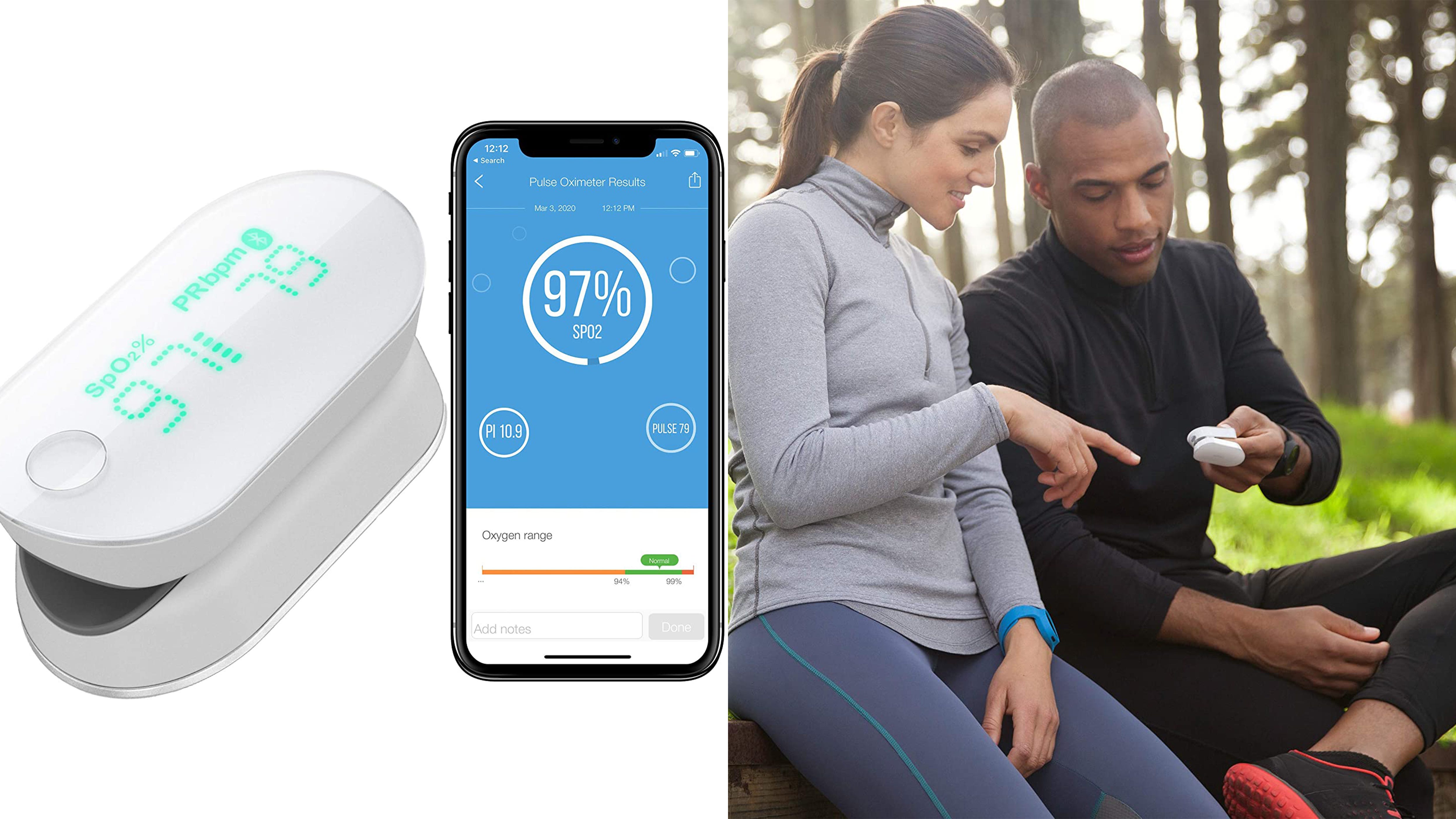


Our tester doesn’t recommend this choice for those with Parkinson’s or who may have trouble keeping their fingers still. However, after you get the hang of it, it’s a good choice if you don’t mind some device sensitivity in exchange for accuracy. Our tester found the monitor finicky, as your finger needs to be still and lined up exactly right. Insignia’s Pulse Oximeter earned its spot as our top choice with attribute ratings of five out of five stars for all but one. Here are the top pulse oximeters on the market today, according to our tests.
PULSE OXIMETER WALGREENS HOW TO
After eight hours of testing and analyzing our feedback, we narrowed down our list to seven devices, based on setup, fit, ease of use, data display, and overall value.Ī licensed physician and surgeon practicing family medicine from our Medical Expert Board then reviewed the contents of this article for medical accuracy surrounding what to look for in pulse oximeters, how to use them, and how best to interpret their readings. When buying a pulse oximeter, look for FDA classification, accuracy, type, and your intended usage. “There aren’t any known risks to using a pulse oximeter unless how to interpret the numbers you have.” “It’s normal for your oxygen to fluctuate between 95 and 100 percent if you are otherwise healthy,” says Kathleen Dass, MD, an allergist and immunologist practicing in Michigan. And if you develop COVID-19 symptoms, a pulse oximeter is also handy for tracking oxygen levels. They’re especially useful for pilots or endurance athletes who work or train at high altitudes, where there’s increased risk for lack of oxygen. Not just limited to use in hospitals, pulse oximeters are a non-invasive household staple that’s placed on your fingertip to pinpoint the level of oxygen in your blood. While pulse oximeters may have been traditionally used on those who have chronic obstructive pulmonary disease (COPD), asthma, or other lung conditions, they’re helpful to have in the medicine cabinet.


 0 kommentar(er)
0 kommentar(er)
